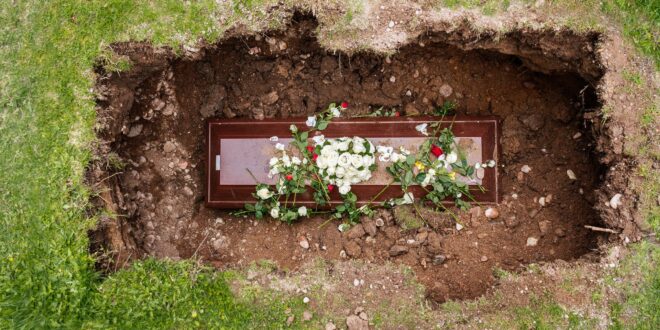Losing a loved one can be hard on both family and friends. But, as everyone eventually passes, we must look at things from a different perspective.
Funerals and memorial services are meant to provide the family and friends an opportunity to pay respects to the deceased. During most funeral services, the most common sight will be someone crying. No one can predict the death of a person unless the person suffers and is expecting it. Unpredictable deaths are harder to accept, while people prepare better for those that can be predicted.
This is a stressful time for everyone, but to avoid additional complications, OneWill offers you an option to create a legal will online. This of course would put matters in place and instead of quarreling about the properties, you could focus on what matters – paying respect to the deceased.
But, regardless of the person knew his days were over, or an accident has occurred, we must prepare for the funeral. As we mentioned, the funeral service is the opportunity to pay your respects along with every person that has known the deceased.
If you’re a close family member to the deceased, then it’s your responsibility to arrange the funeral service. This service is very hard for family members. It is often a process that can be emotionally draining, even exhausting. Hopefully, this article will help shed some light and provide information about everything there is to prepare a funeral. Reading this article could come useful in the future when the time for such a process arrives.
How to Prepare for a Funeral
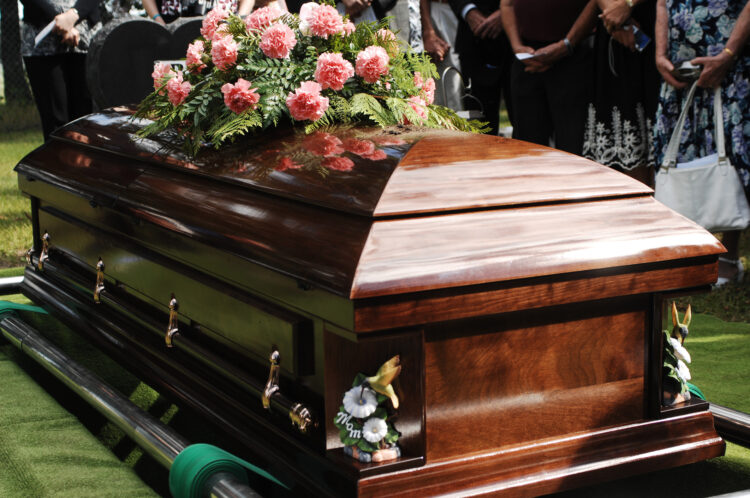
Funerals and memorial services are somewhat the same things. For all the things that they are different, there is one constant. Both services are highly personal and highly emotionally draining processes.
The level of personalization often comes into contact with the type of relationship you’ve had with the deceased.
Oftentimes, the level of personalization is bound by a “contract” between you and the deceased, in the case if the deceased has already told you his/her wishes. If this is the case, then this is probably the route to go. There is nothing nobler than respecting a dying person’s wishes.
Before anything, you have to make a decision and chose the form of disposition.
As mentioned earlier, the form of disposition can be previously arranged between you and the deceased. This will be his/her wish so you should respect it.
However, there are four main types of dispositions. And those are.
Choosing the Type of Disposition
Traditional Burial

The constant in traditional burials is that you need to purchase a casket. Based on the type of burial, you need to make arrangements for the other elements. If the deceased will be buried traditionally below ground, then you can contact persons at Maggardlaserart.com, and have a headstone made. You will also need a cemetery plot where you will bury the casket. Most people have family cemetery plots where the entire family is buried.
Natural Burial
Natural burial is the same process as the traditional one, with the only change being the deceased wanting to minimize environmental damage after death. For this specific reason, natural burial has become very popular lately.
Cremation
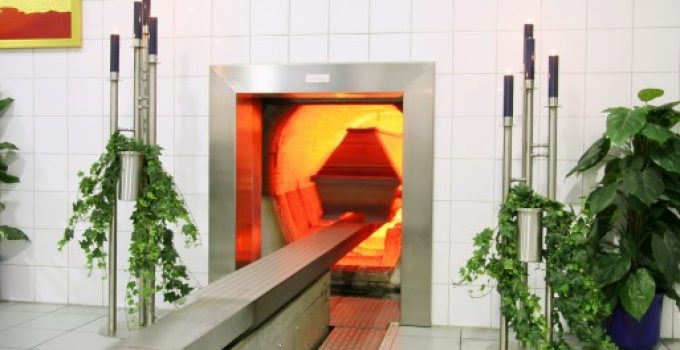
Cremation is a process of turning the deceased’s body into ashes. The ashes can then be given to the family members where they can eighter keep them in an urn or scatter them somewhere special for the deceased.
Alkaline Hydrolysis
A relatively new process of final disposition, alkaline hydrolysis uses low heat and pressure to reduce the body of the deceased into a form of liquid skeletal bone fragments.
This process is largely unknown to parts of the world, so chances are it might not be available to where you live.
You can go and visit Reverence Funeral Services and inquire about your desired form of disposition.
The Service
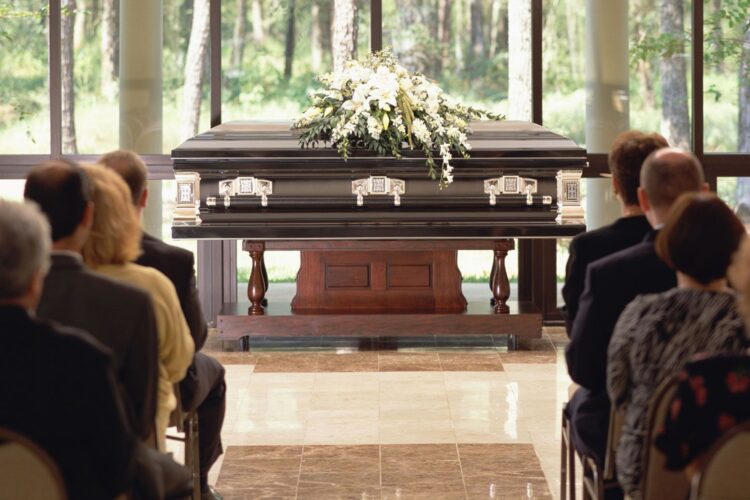
According to many people, traditional service remains the norm. Although personalization has taken center stage throughout the years, some still choose to go down the traditional route.
However, the reason why you should opt for more personalization is that you are meant to celebrate the life of the deceased, not mourn. While no one will judge if you do mourn, you should think about the happy memories and good deeds that the person has done.
Personalization is meant to reflect the unique life of the deceased and be remembered for the person that he/she was. Because of this, everyone attending the funeral should say goodbye the most meaningful way.
But, when planning a personalized funeral, your main goal is to capture the uniqueness. By this, we mean to point out the qualities of the deceased, reflect on his/her beliefs, and provide an opportunity for everyone attending to express their experiences with the deceased.
The funeral service can also be conducted in various placed. From places of worship to the chapel itself, and can be accompanied with music, readings, etc. Others choose to conduct the service at a public location, although this is rarely the case.
If you’ve chosen a personalized funeral, then consider the following:
- Consider hiring officiants that will lead the service itself. These can be religious people or from the funeral service that will lead everything from start to finish.
- Consider the service to hold readings of poems, religious passages, prayers, etc. You should also have a person in charge of this; someone that can lead and deliver.
- Consider hiring musicians or simply playing music that can cheer up the attendees. Although, you can always play religious hymns.
- Make sure that you have enough food and beverages for the attendees. For this, you can always arrange everything yourself, or have the funeral service do it for you, or hire a catering company.
These are some of the ways to personalize the funeral, although not all.
The Body
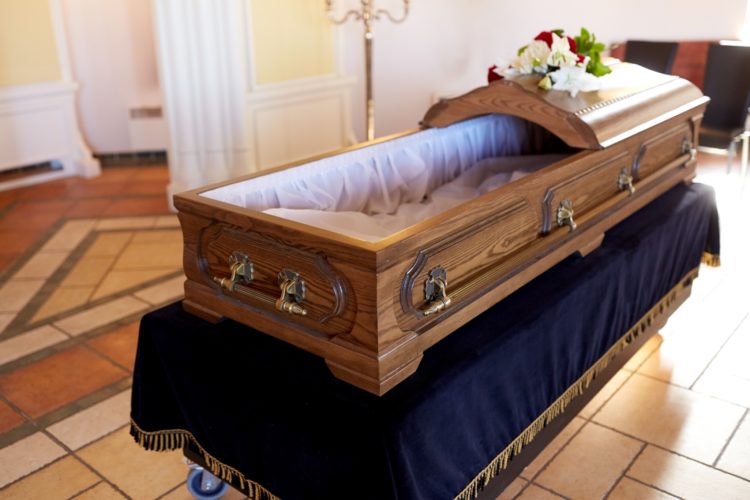
The last thing you need to decide on is whether you will have an open or closed casket ceremony. A funeral service doesn’t require the presence of the body of the deceased, and this is entirely optional.
With all that said, a traditional open casket ceremony is the most popular way to present the body of the deceased. If you’re planning on cremation, then you can do so and hold a memorial service after with the physical remains of the deceased in the form of ashes.
 Hi Boox Popular Magazine 2024
Hi Boox Popular Magazine 2024
